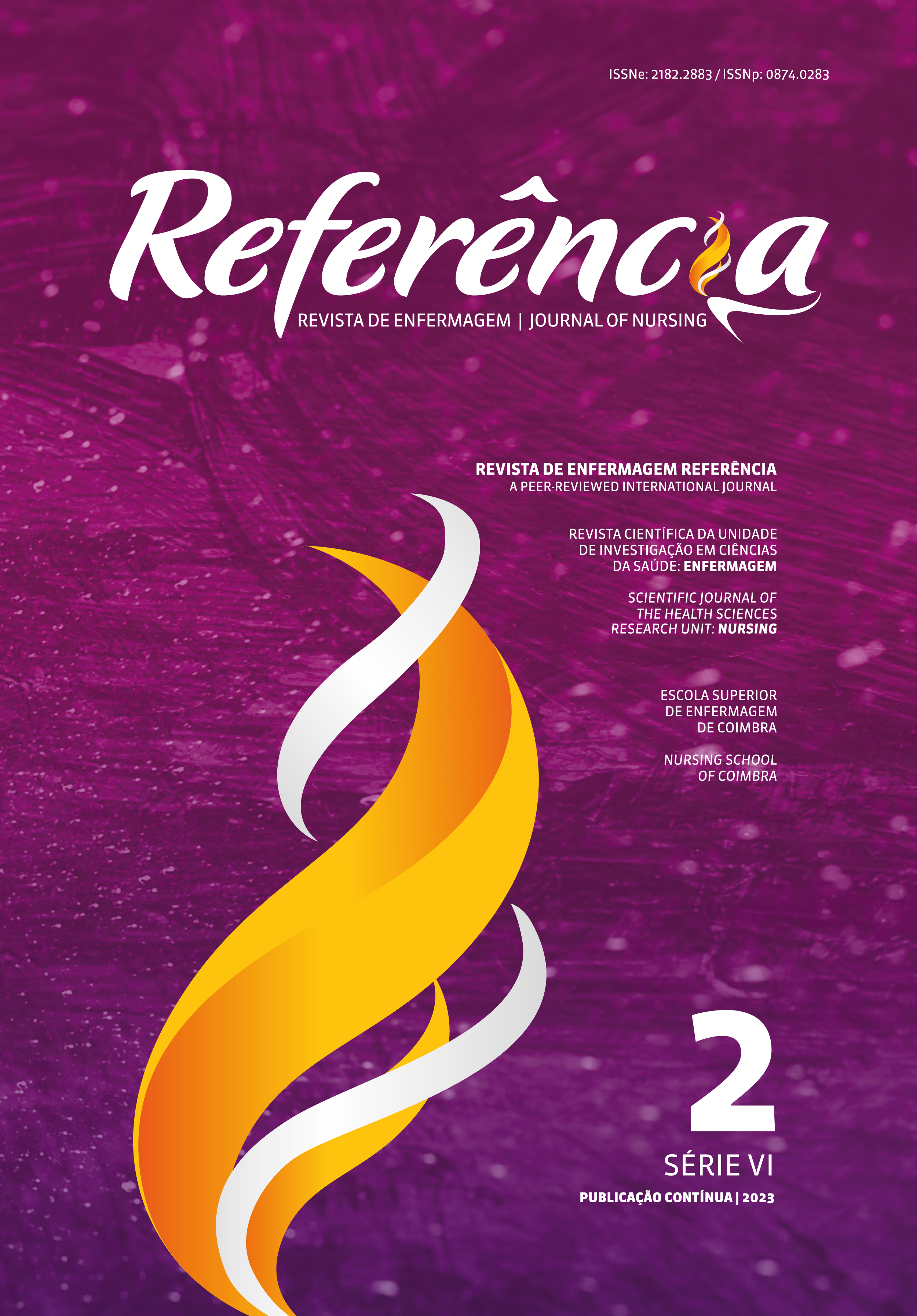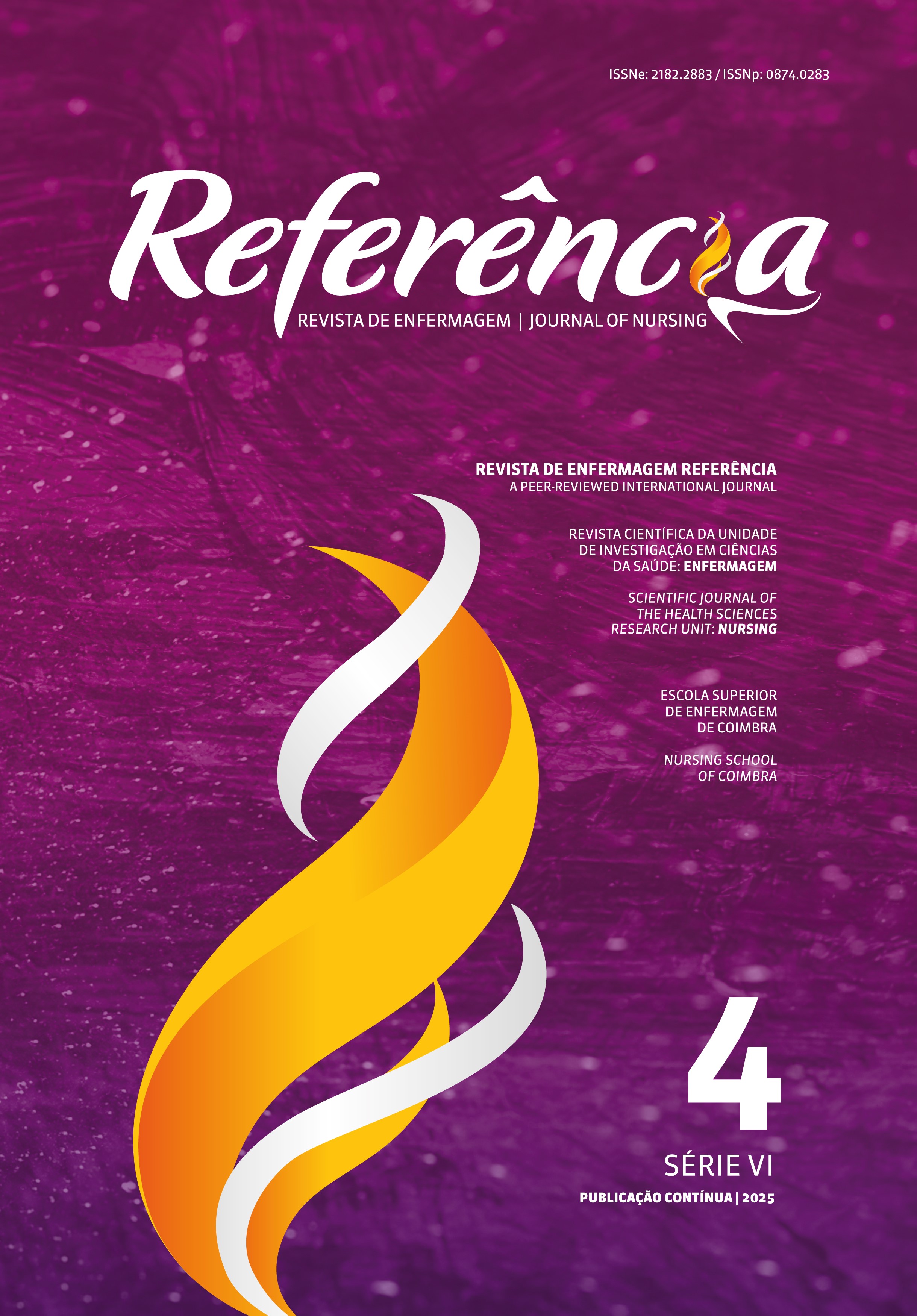Enhancing accuracy: The optimal cutoff point of the Informal Caregiver Burden Assessment Questionnaire
DOI:
https://doi.org/10.12707/RVI23.59.31143Keywords:
caregivers, family, validation studies, psychometricsAbstract
Background: The cutoff point of an instrument is a valuable clinical reference.
Objective: To study the cutoff point of the Informal Caregiver Burden Assessment Questionnaire (QASCI).
Methodology: A methodological cross-sectional study was conducted using secondary data analysis.
The predictive validity of the instrument was assessed by measuring sensitivity and specificity, positive and negative predictive values, and the area under the ROC curve (AUC). The Portuguese versions of the Medical Outcomes Study 36-Item Short Form Survey Instrument (MOS SF36) and the Hospital Anxiety and Depression Scale (HADS) were used.
Results: Caregivers exhibited elevated levels of anxiety and depression. The cutoff point 40 yielded the highest Youden Index score (0.59), indicating that the model has an 84% accuracy for predicting anxiety and depression disorders. In addition, the model demonstrated a sensitivity of 78% and a specificity of 81%.
Conclusion: This study demonstrates that the QASCI effectively identifies caregivers at risk of anxiety and depression disorders and can inform interventions to enhance their mental health.
Downloads
References
Borsboom, D., Mellenbergh, G., & Heerden, J. (2004). The concept of validity. Psychological Revue, 111(4), 1061–1071. https://doi.org/10.1037/0033-295X.111.4.1061
Chang, L. C., Wang, C. Y., & Yu, P. (2014). Determining a cutoff score of caregiver burden for predicting depression among family caregivers in a large population-based sample. International Journal of Geriatric Psychiatry, 29(12), 1312–1313. https://doi.org/10.1002/gps.4172
Ferreira, P. L. (2000a). Creation of Portuguese version of the MOS SF-36 part I, cultural and linguistic adaptation. Acta Medica Portuguesa, 13(1–2), 55–66.
Ferreira, P. L. (2000b). Criação da versão portuguesa do MOS SF-36: Parte II: Testes de validação. Acta Médica Portuguesa, 13(3),119–127. https://doi.org/10.20344/amp.1770
França, D., Festa, A., Santos, P., Peixoto, M., & Araújo, M. (2022). A conceção de cuidados de enfermagem dirigida aos prestadores de cuidados espelhada na documentação. Revista de Enfermagem Referência, 6(1), 1–10. https://doi.org/10.12707/rv21106
Gonçalves-Pereira, M., González-Fraile, E., Santos-Zorrozúa, B., Martín-Carrasco, M., Fernández-Catalina, P., Domínguez-Panchón, A. I., Muñoz-Hermoso, P., & Ballesteros, J. (2017). Assessment of the consequences of caregiving in psychosis: A psychometric com parison of the Zarit Burden Interview (ZBI) and the Involvement Evaluation Questionnaire (IEQ). Health and Quality of Life Out comes, 15(1), 1–9. https://doi.org/10.1186/s12955-017-0626-8
Hajian-Tilaki, K. (2013). Receiver operating characteristic (ROC) curve analysis for medical diagnostic test evaluation. Caspian Journal of Internal Medicine, 4(2), 627–635.
Hazzan, A. A., Dauenhauer, J., Follansbee, P., Hazzan, J. O., Allen, K., & Omobepade, I. (2022). Family caregiver quality of life and the care provided to older people living with dementia: Qualitative analyses of caregiver interviews. BMC Geriatrics, 22(1), 1–11. https://doi.org/10.1186/s12877-022-02787-0
Imanian, M., & Ramezanli, S. (2022). Effect of Benson’s relaxation technique on caregiver burden in caregivers of hemodialysis patients: A randomized controlled trial. Investigacion y Educacion en Enfermeria, 40(3). https://doi.org/10.17533/udea.iee.v40n3e06
Janse, R. J., Hoekstra, T., Jager, K. J., Zoccali, C., Tripepi, G., Dekker, F. W., & Van Diepen, M. (2021). Conducting correlation analysis: Important limitations and pitfalls. Clinical Kidney Journal, 14(11), 2332–2337. https://doi.org/10.1093/ckj/sfab085
Lindt, N., Van Berkel, J., & Mulder, B. C. (2020). Determinants of overburdening among informal carers: A systematic review. BMC Geriatrics, 20(1), 1–12. https://doi.org/10.1186/s12877-020-01708-3
Liu, Z., Heffernan, C., & Tan, J. (2020). Caregiver burden: A concept analysis. International Journal of Nursing Sciences, 7(4), 438–445. https://doi.org/10.1016/j.ijnss.2020.07.012
Martins, T., Ribeiro, J., & Garrett, C. (2003). Estudo de validação do questionário de avaliação da sobrecarga para cuidadores informais. Psicologia, Saúde & Doenças, 4(1), 131–148. https://www.redalyc.org/pdf/362/36240109.pdf
Martins, T., Ribeiro, J. L., & Garrett, C. (2004). Questionário de avaliação da sobrecarga do cuidador informal (QASCI): Reavaliação das propriedades psicométricas. Revista Referência, 11, 17–31.
Nawi, F. A., Tambi, A. M., Samat, M. F., & Mustapha, W. M. (2020). A review on the internal consistency of a scale: The empirical example of the influence of human capital investment on Malcom Baldridge quality principles in tvet institutions. Asian People Journal, 3(1), 19–29. https://doi.org/10.37231/apj.2020.3.1.121
Pais-Ribeiro, J., Silva, A. M., Vilhena, E., Moreira, I., Santos, E., & Mendonça, D. (2018). The hospital anxiety and depression scale, in patients with multiple sclerosis. Neuropsychiatric Disease and Treatment, 14, 3193–3197. https://doi.org/10.2147/NDT
S184260 Pais-Ribeiro, J., Silva, I., Ferreira, T., Martins, A., Meneses, R., & Baltar, M. (2007). Validation study of a Portuguese version of the Hospital Anxiety and Depression Scale. Psychology, Health and Medicine, 12(2), 225–237. https://doi.org/10.1080/13548500500524088
Peixoto, M. J. (2016). Promover o bem-estar do familiar cuidador: Programa de intervenção estruturado. Novas Edições Académicas.
Schober, P., Boer, C., & Schwarte, L. A. (2018). Correlation coefficients: Appropriate use and interpretation. Anesthesia and Analgesia, 126(5), 1763–1768. https://doi.org/10.1213/ANE.0000000000002864
Souza, A. C., Alexandre, N. M., & Guirardello, E. B. (2017). Propriedades psicométricas na avaliação de instrumentos: Avaliação da confiabilidade e da validade. Epidemiologia e Servicos de Saúde: Revista do Sistema Unico de Saúde do Brasil, 26(3), 649–659. https://doi.org/10.5123/S1679-49742017000300022
Vázquez, F. L., Otero, P., Simón, M. A., Bueno, A. M., & Blanco, V. (2019). Psychometric properties of the Spanish version of the caregiver burden inventory. International Journal of Environmental Research and Public Health, 16(2), 217. https://doi.org/10.3390/ijerph16020217
Yu, J., Yap, P., & Liew, T. M. (2019). The optimal short version of the Zarit Burden Interview for dementia caregivers: Diagnostic utility and externally validated cutoffs. Aging & Mental Health, 23(6), 706–710. https://doi.org/10.1080/13607863.2018.1450841






















